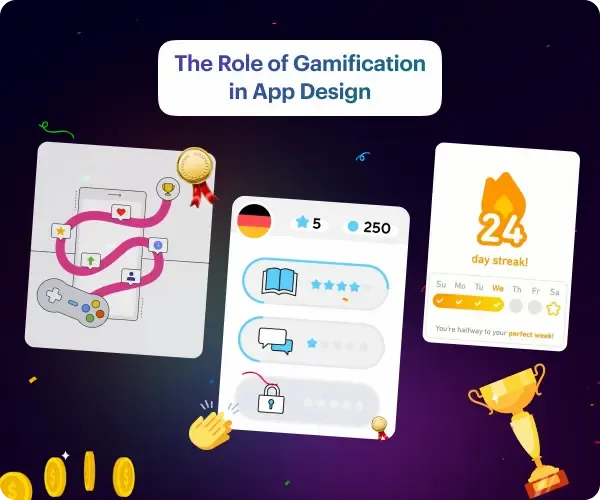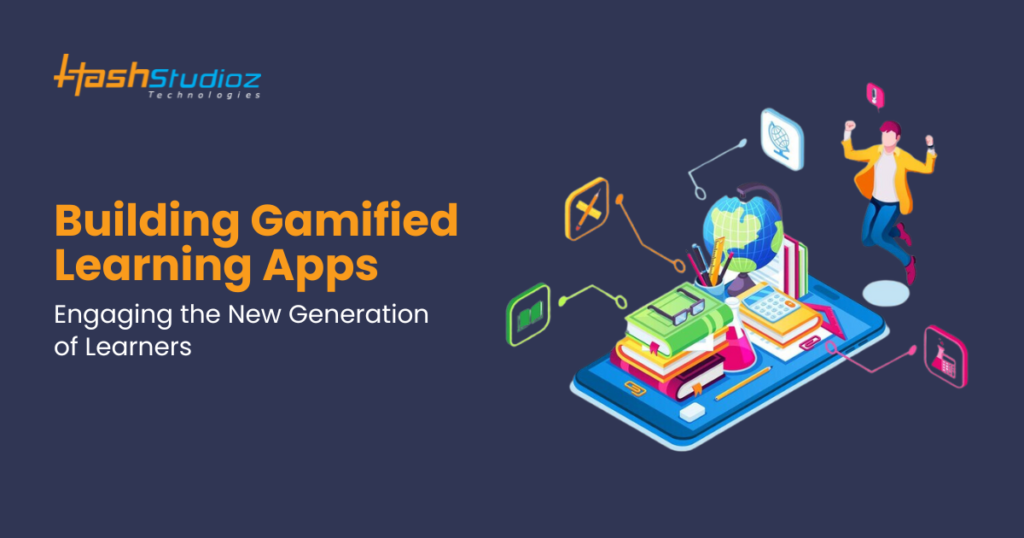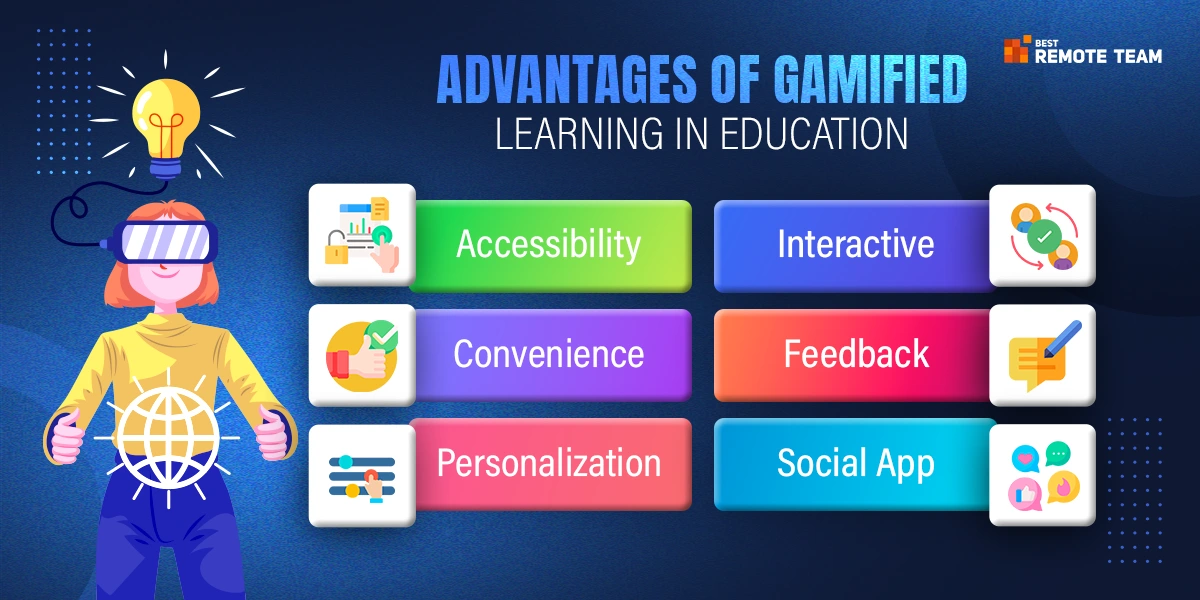In recent years, Oman has seen a surge of e learning platforms tailored to students of all ages. What truly sets the best apart is how they use gamification techniques, fun, game like elements that keep learners engaged. This article explores how these strategies work in Omani learning apps, why they succeed, and how learners benefit daily.
What Is Gamification in Learning Apps?
Gamification means adding game design elements such as points, levels, badges, rewards, and challenges to educational tools. In Omani apps, this may include earning stars for mastering Arabic vocabulary, unlocking quizzes by reaching milestones, or competing with peers for high scores. Rather than dry lessons, learners experience dynamic engagement that simulates gameplay.
Why Gamification Boosts Engagement in Oman
Gamification taps into human psychology. People seek rewards, crave recognition, and love progression. In Oman, learners whether school pupils or adult learners respond powerfully to progress bars, friendly competition, and immediate feedback. These features turn passive study into an energized, interactive journey.

Key Techniques Omani Apps Are Using
Points, Badges, and Leaderboards
Learners earn points for every correct answer or completed lesson. Badges mark milestones like Master of Grammar or Math Genius. Public leaderboards let learners compare performance with classmates. This makes learning feel rewarding and encourages friendly rivalry.
Progress Tracking and Levels
Students see clear visual progress, leveling up as they complete modules. Sweeping progress bars and animated level ups give a real sense of achievement. This structure encourages users to continue because they see exactly how far they have come.
Challenges and Quests
Daily or weekly challenges such as Solve 10 algebra problems today or Answer five culture questions motivate learners to return regularly. Completing quests unlocks rewards, creating a habitual learning routine.
Real time Feedback and Instant Rewards
Correct answers earn immediate congratulations or fireworks animations. Wrong answers offer gentle encouragement plus hints to try again. This speedy feedback loop keeps learners engaged and avoids frustration.
Social and Collaborative Features
Many apps allow students to join study groups, work on team challenges, or share achievements with friends. Some integrate with school networks so classmates can support one another. Positive peer pressure and shared progress can be powerful motivators.
Personalized Experiences
Adaptive gamification means the app adjusts difficulty based on performance. If a learner excels in grammar but struggles in writing, the app presents more writing tasks, while still giving rewards for grammar mastery. This personal touch keeps challenges just right.
Real Benefits for Omani Learners
Increased Motivation and Consistency
Gamified tasks feel fun, not chores. Learners in Oman are more likely to log in consistently. Daily streaks, challenges, and streak preservation badges keep them coming back.
Better Retention and Learning Outcomes
Repeated challenges, immediate reinforcement, and spaced review help commit concepts to memory. Learners grasp Arabic, English, math, or science more deeply when lessons feel like interactive puzzles.
Confidence and Self Efficacy
As learners collect badges and climb leaderboards, they feel competent. That confidence spills over into real life, better performance in school, willingness to tackle harder topics, and more self directed learning.
Sense of Community
Group challenges, shared achievements, and friendly competition build connection. Especially in remote or rural areas, learners feel part of a larger learning community in Oman.
How App Creators Humanize Gamification
Cultural Relevance
Top Omani apps use local context, questions about Omani history, geography, or culture, game characters in traditional dress, and local voices narrating stories. That injects pride and connection.
Positive Reinforcement
Celebratory animations and encouraging messages such as Fantastic job or You are improving every day create a warm, supportive tone. The experience feels friendly, not mechanical.
Simplified Design
Most learners use mobile devices with limited bandwidth. Clever visuals, concise animations, and simple interfaces make gamified features run smoothly even offline or on slow connections.
Parental and Teacher Involvement
Apps include features for parents or teachers to track progress, award bonus points, or set group tasks. This human oversight reinforces achievements and ensures learners stay motivated.

Case in point: Learner Journeys
A Young Student
Fatima, age 10, starts an Arabic vocabulary quest, earn 50 points, unlock a badge. Each day, she hits her mini goal, watches her rank climb on the class leaderboard, and unlocks fun quizzes. She looks forward to next day’s challenges.
A High School Teen
Ahmed is preparing for national exams in math. He uses daily problem solving challenges, levels up each week, and shares achievements with classmates. Seeing his streak of correct answers motivates him even on difficult topics.
An Adult Learner
Sara studies English for work. She earns badges for mastering workplace vocabulary and mini games help her practice pronunciation. Positive feedback and progress visuals keep her consistent for weeks.
Best Practices for Designing Gamified Omani Apps
- Start Simple, Points and badges are easiest and effective
- Layer in Complexity, Then add leaderboards, quests, progress visuals
- Offer Choice, Let learners pick challenges or pathways that interest them
- Balance Reward and Effort, Ensure tasks are doable yet meaningful
- Keep It Inclusive, Avoid over competition, emphasize personal progress
- Include Cultural Touchpoints, Use Omani themes, stories, voices
Pitfalls to Avoid
Over gamification can feel manipulative or exhausting. Apps that overload with notifications, use countdown timers to pressure learners, or hide content behind paywalls risk disengagement. It is crucial to prioritise learner well being over addictive mechanics.
The Future: What’s Next in Oman?
Gamification is evolving. We can expect
- Augmented Reality AR Quests, Explore museums or landmarks with AR based language games
- AI Driven Adaptive Paths, Lessons and challenges tailored to real time skill assessments
- Story based Learning, Interactive narratives where learners unlock chapters through tasks
These immersive features will bring even more motivation, meaningful context, and cultural connection.
Conclusion
Gamification is more than bells and whistles. It transforms Oman’s learning apps into engaging, motivating, culturally rich learning journeys. With points, badges, challenges, community, and adaptive experiences, these apps humanise education and empower every learner. As these approaches evolve, Oman’s e learning landscape will only grow more vibrant, effective, and inclusive.
In embracing these techniques, app creators and learners are forging a future where education feels exciting, personal, and full of possibility.
Do follow Gulf Magazine on Instagram.
Also Read – Oman Data Centers Driving Middle East Digital Transformation



